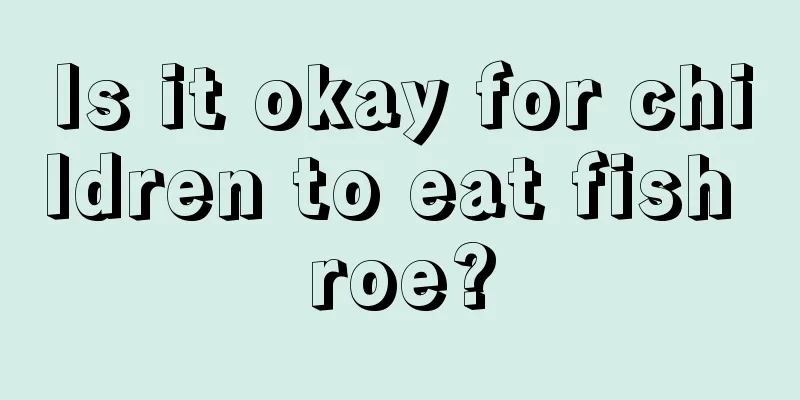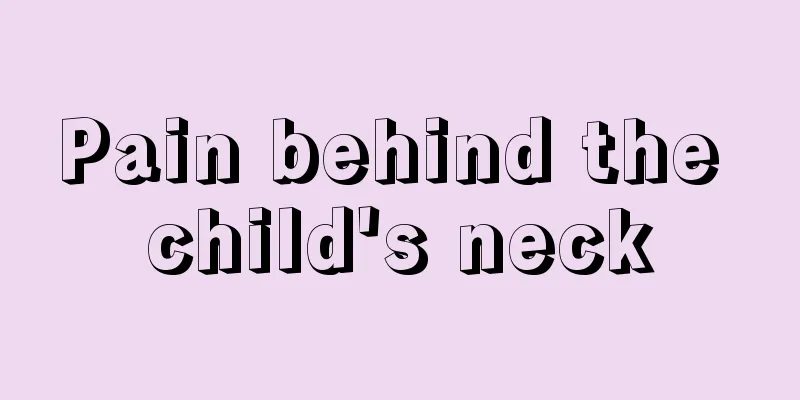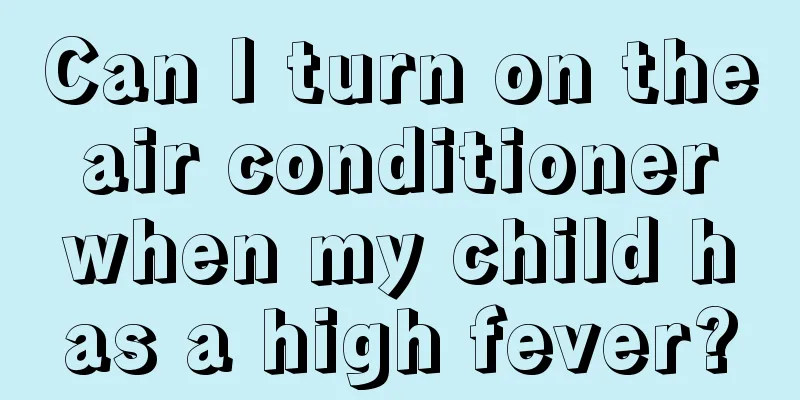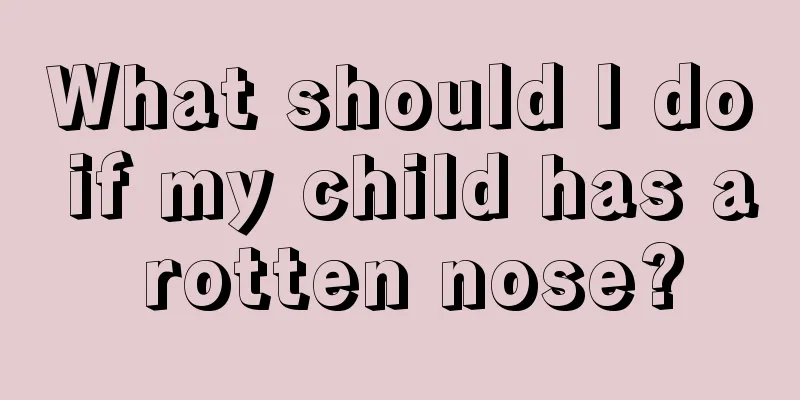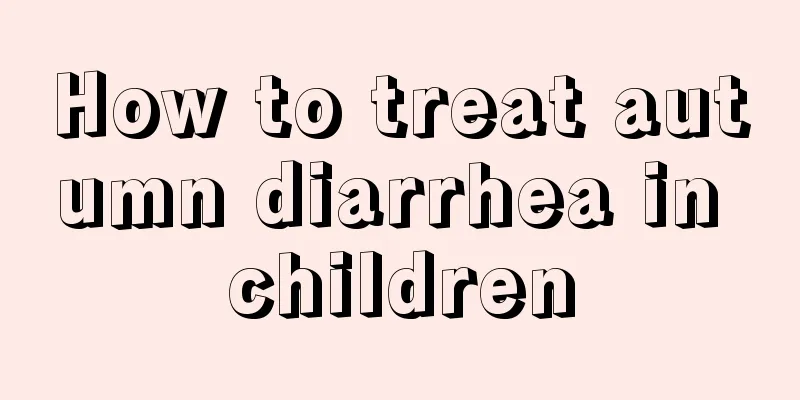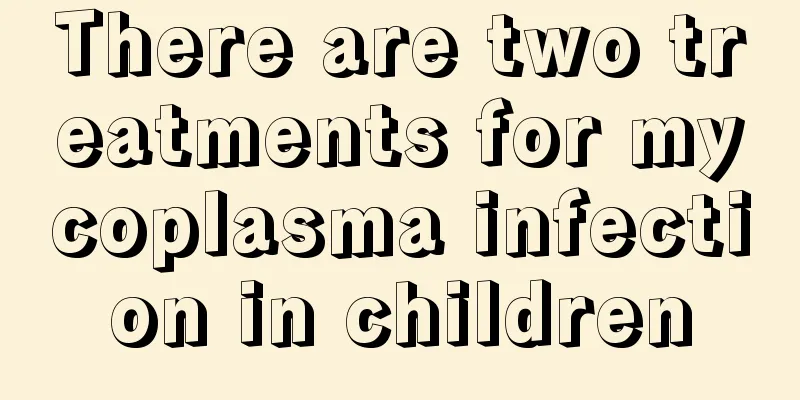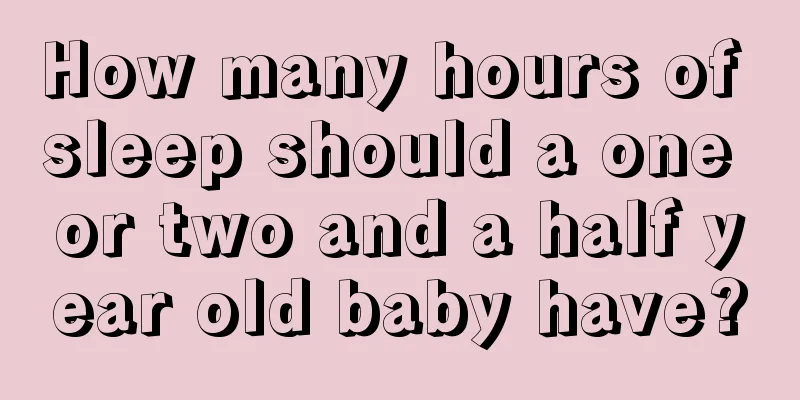What should I do if my child has swollen and painful gums?
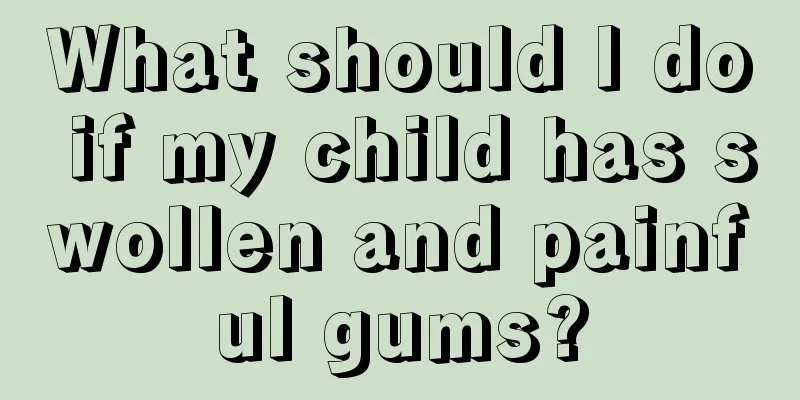
|
Swollen and painful gums are very common oral problems. There are many reasons that may cause swollen and painful gums, and people of all ages may encounter this problem. Generally speaking, swollen and painful gums in children are likely caused by getting angry. In this case, you should pay attention to whether it is due to improper diet. It can be improved through lifestyle adjustments, and you should also pay attention to your diet. So what should you do when children have swollen and painful gums? 1. Brush your teeth with warm water and rinse your mouth with warm tea Because the dental pulp nerves are sensitive to temperature, especially for teeth with worn teeth and exposed dentin, cold stimulation can cause toothache. Warm water is a natural protective agent for teeth and can prevent and treat allergic toothache. Tea contains fluoride, and gargling with warm tea regularly can protect teeth, prevent caries and treat toothache. 2. Eat warm food Children with swollen and painful gums should not eat sour or sweet foods, because teeth are best metabolized in an oral temperature of 35-36°C and a weakly acidic environment with a pH of around 6.8. Eating foods that are too cold or too hot, with a large temperature difference, or irritating foods that are too sour or too sweet will cause toothache. 3. Eat alkaline foods to neutralize If a child has toothache after eating acidic food, such as vinegar, yogurt or sour fruit, you can put walnut kernels in your mouth and chew them. This is because walnut kernels are alkaline foods. Chewing them slowly can neutralize the acidic substances on the tooth surface, so the teeth will not feel sore. 4. Rub garlic to relieve pain For those with severely worn teeth and clear painful areas, you can rub the sensitive areas repeatedly with raw garlic, 1-2 times a day, 1-2 minutes each time. After 1-2 weeks, the pain will be significantly reduced or disappear. |
<<: Infants and young children with roseola, you must know these home care methods
>>: What are the common symptoms of fever in infants and young children?
Recommend
What happens when a baby has a fever and convulsions?
We attach great importance to the physical health...
Nursing measures for phototherapy of neonatal jaundice
Every child is the treasure of the family, especi...
Why do children lose their teeth but don't grow back?
We must pay attention to our daily diet. The main...
What are congenital malformations in children?
Children are the flowers of the motherland, and e...
What is the thing that prevents hunchback?
Hunchback is a phenomenon of spinal curvature tha...
What should I do if my child has stomachache?
Our modern lives are becoming more and more afflu...
How to treat chronic rhinitis in children
Chronic rhinitis is a common clinical disease, an...
What are the dangers of picky eating in babies? Are there any ways to solve it?
I believe everyone is familiar with the term &quo...
Reasons why the tip of the baby's tongue is red
The red tip of the baby's tongue may be cause...
There is discharge on the boy's underwear
Boys around 15 years old will actually experience...
What causes children to cough and have nosebleeds?
People often cough, the most common ones are cold...
How to train your baby to suck milk
It is very wrong for babies to always like to suc...
Symptoms of viral pneumonia in babies
Viral pneumonia in babies is very serious. If a b...
What are the symptoms of calcium deficiency in children?
Nowadays, many families have only one child, so t...
The reason why baby teeth turn black
Regarding the case of baby's teeth turning bl...
